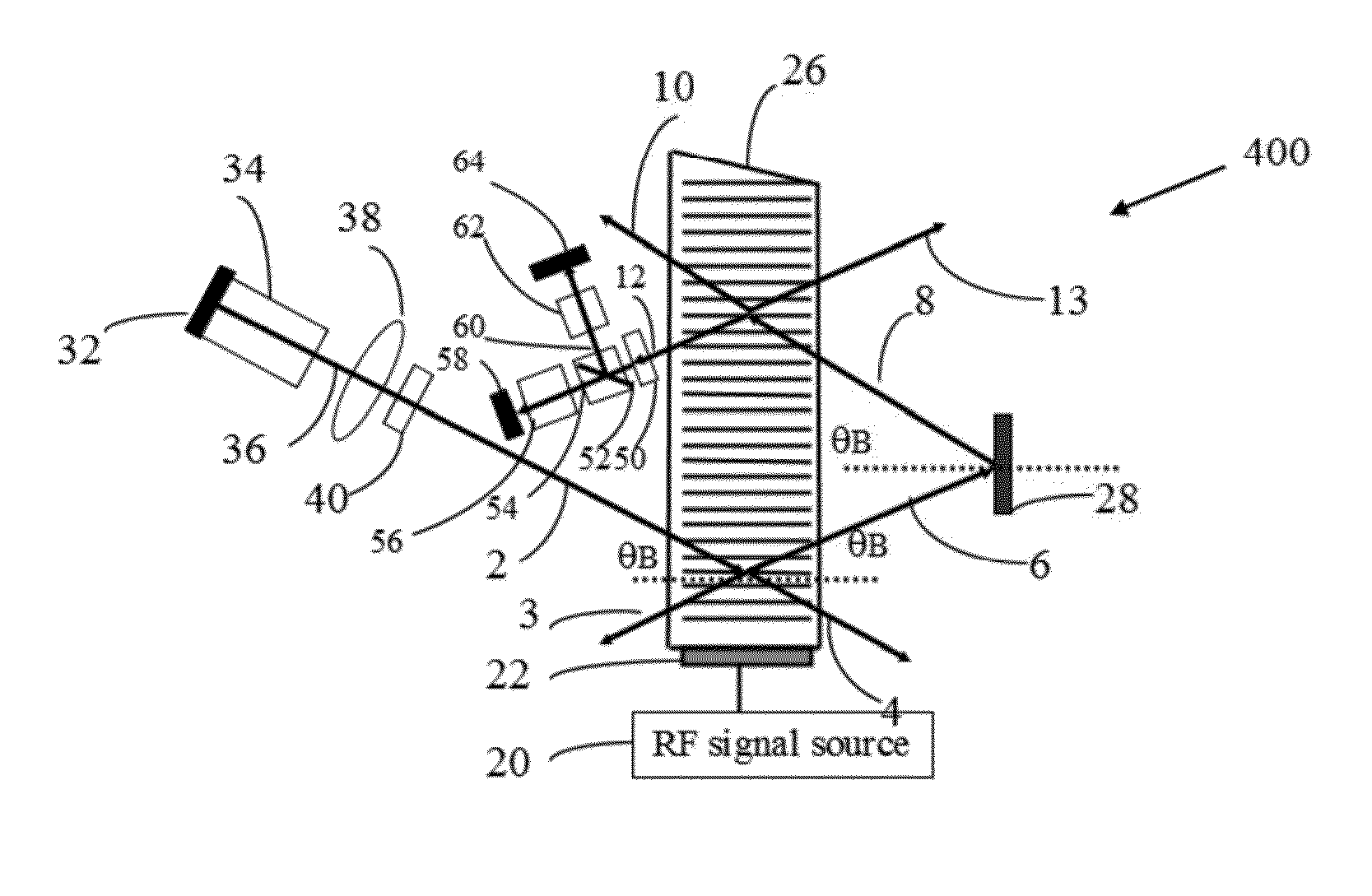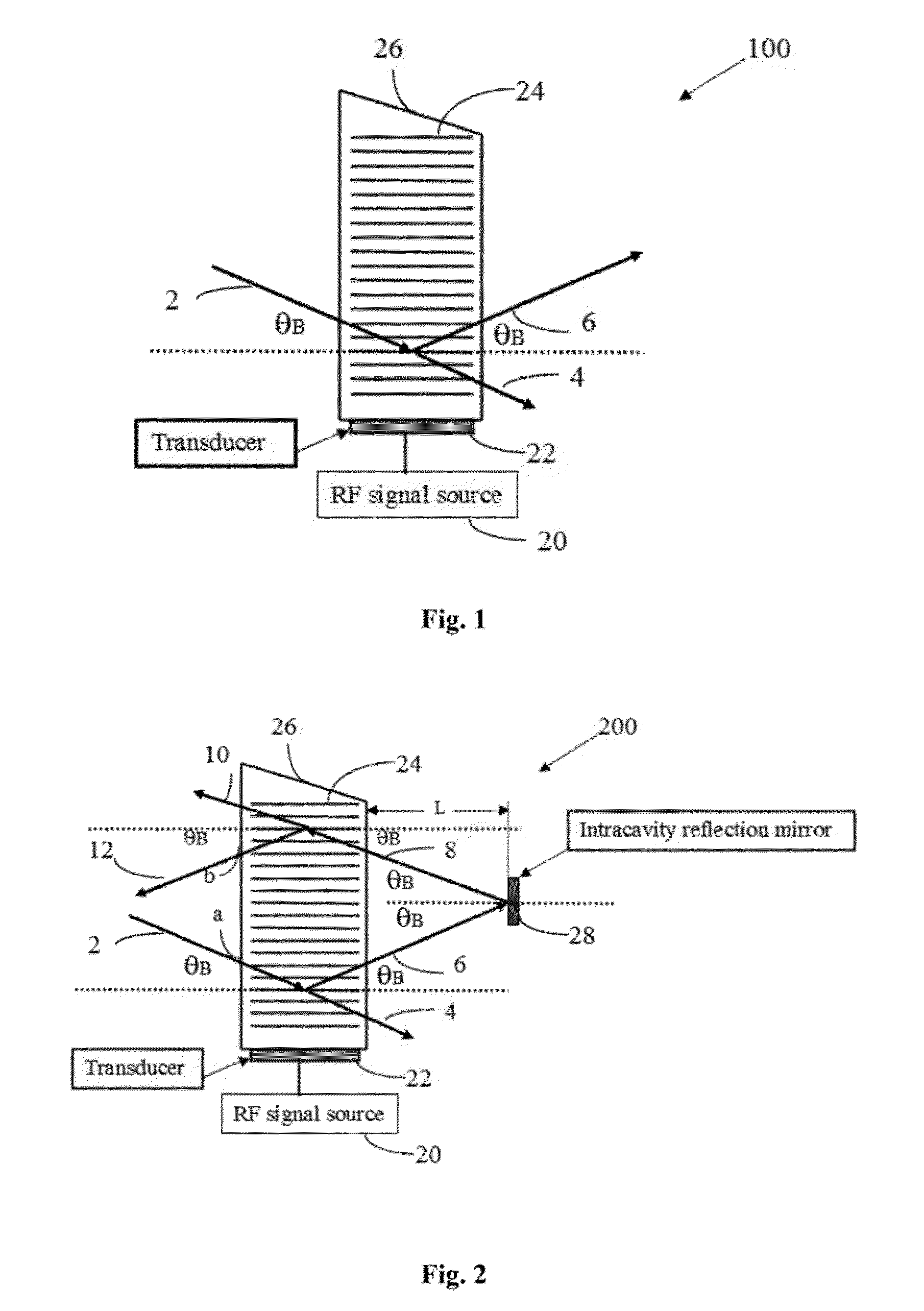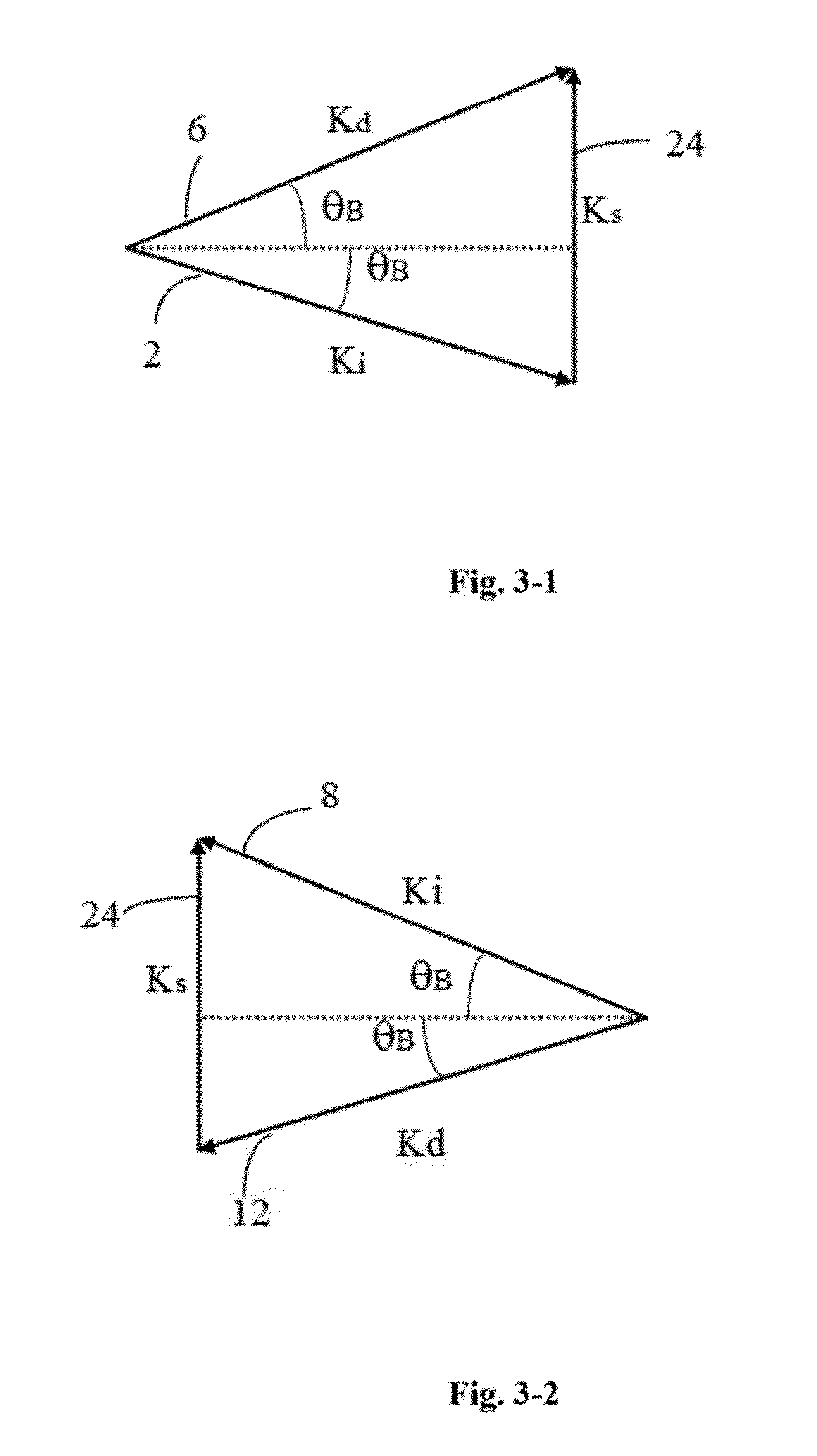Precision optical frequency tunable laser
a laser and optical frequency technology, applied in the field of photonics, can solve the problems of poor operation stability, low cost, and inability to achieve the purpose of miniaturization
- Summary
- Abstract
- Description
- Claims
- Application Information
AI Technical Summary
Benefits of technology
Problems solved by technology
Method used
Image
Examples
Embodiment Construction
[0022]It is an objective of the invention to overcome the shortcomings in the prior art and to provide a precision optical frequency tunable laser with stable performance, low cost, small size, easy installation and production.
[0023]The technical scheme below is adopted by the invention for solving the technical problems in the prior art.
[0024]A precision optical frequency tunable laser comprising a laser gain medium, a laser cavity end mirror arranged on the laser gain medium, an intracavity collimating lens, an active optical phase modulator, a tunable acousto-optic filter and an intracavity total reflection mirror all arranged sequentially inside the laser cavity and in such a way that the light beam emitted from the laser gain medium can be diffracted twice by the tunable acousto-optic filter and the frequency shift introduced by the diffractions can be compensated, the laser further includes:
[0025]an active polarization rotator for controlling the polarization direction of line...
PUM
 Login to View More
Login to View More Abstract
Description
Claims
Application Information
 Login to View More
Login to View More - R&D
- Intellectual Property
- Life Sciences
- Materials
- Tech Scout
- Unparalleled Data Quality
- Higher Quality Content
- 60% Fewer Hallucinations
Browse by: Latest US Patents, China's latest patents, Technical Efficacy Thesaurus, Application Domain, Technology Topic, Popular Technical Reports.
© 2025 PatSnap. All rights reserved.Legal|Privacy policy|Modern Slavery Act Transparency Statement|Sitemap|About US| Contact US: help@patsnap.com



